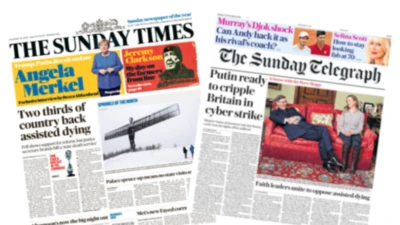We've updated our Privacy and Cookies Policy
We've made some important changes to our Privacy and Cookies Policy and we want you to know what this means for you and your data.
How owls swivel their heads
- Author, Jonathan Amos
- Role, Science correspondent, ґуПуґ«ГЅ News
It's the owl's greatest trick - turning its head almost a full circle.
The puzzle has been how the bird doesn't throttle itself in the process. If we did it, we'd cut the blood supply to our brains and pass out.
But according to two US-based scientists, the owl has some very smart bone and vascular structures running along its neck to the skull.
These features protect blood vessels from damage and maintain the flow even when the head is swivelled 270 degrees.
"They haven't developed just one answer to the problem; they have several answers," said Dr Philippe Gailloud from Johns Hopkins University School of Medicine.
"And it's because of this set of solutions that we don't see lots of owls lying on the forest floor having suffered strokes," the interventional neuroradiologist told ґуПуґ«ГЅ News.
Most birds have extremely flexible necks, but the owls are the avian species that have perhaps garnered the greatest attention for their neck-twisting exploits.
They must turn their heads in this extraordinary way because of their eyes' narrow field of view and relative immobility.
It's true they have double the number of bones in their neck compared with us - 14 versus seven cervical vertebrae. But it's really the way the animal manages the flow of oxygenated blood to its brain that underpins the impressive feat.
Dr Gailloud and science illustrator Fabian de Kok-Mercado used various imaging and dissection techniques to detail the anatomy of a dozen dead owls.
They showed that the big carotid arteries, instead of being on the side of the neck as in humans, are carried close to the centre of rotation just in front of the spine. As a consequence, these arteries experience much less twisting and stretching. The potential for damage is therefore greatly reduced.
This arrangement is not specific to owls, of course; it is seen in other birds as well. What does appear unique to owls, however, is the way the vertebral arteries - the vessels that travel through channels within the neck bones - are given extra space.
In humans, the bony cavities are just big enough to carry the vertebral arteries. "By contrast, in owls, the canal is about 10 times bigger and it's filled with an air sac," Dr Gailloud said.
"You know birds have air sacs to make them lighter, and somehow they manage to put some of this inside that bony canal and cushion the vessel."
In addition, between the carotid and vertebral arteries, owls have a lot of smaller connecting vessels that permit the blood to find alternative pathways should one of the main flow routes close down during rotation.
But perhaps most significant of all is the discovery that owls have wide segments in their carotids just under the skull base. The researchers found these could dilate and fill with a reservoir of blood.
"We believe this is kind of a new structure not really known before," said Dr Gailloud.
"It's probably a way to pool blood and get some continuity of flow even if there is disruption below at the next level."
Mr de Kok-Mercado completed the study as part of his masters research at JHU. He now works at the Howard Hughes Medical Institute.
He commented: "There's no real clinical relevance here, other than 'don't try this at home'. But I think from a broader perspective, it just illustrates the amazing amount of biodiversity on our planet, and how there are so many things we still haven't discovered.
"You would have thought we knew everything there was to know about the owl. A lot of this is down to technology which allows us to break new ground," he told ґуПуґ«ГЅ News.
The study won top prize in the posters and graphics category of the 2012 International Science & Engineering Visualization Challenge. This competition is co-sponsored by the journal Science and the US National Science Foundation.
Jonathan.Amos-INTERNET@bbc.co.uk and follow me on Twitter:
Top Stories
More to explore
Most read
Content is not available








